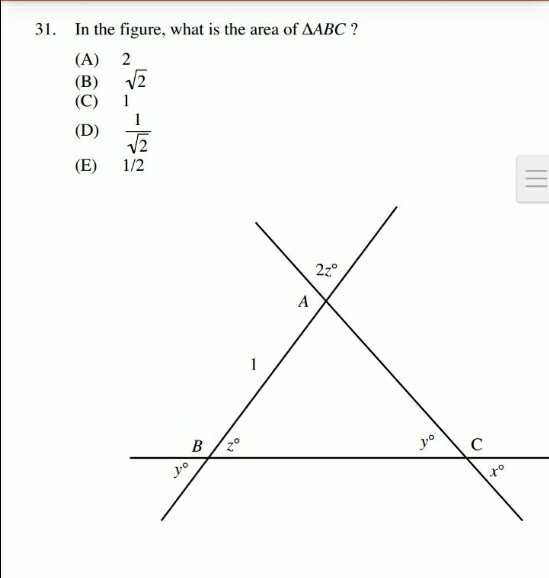
AllQuestion and Answers: Page 1964
Question Number 11549 Answers: 1 Comments: 0
Question Number 11548 Answers: 1 Comments: 0
$$ \\ $$$${find}\:\frac{{d}}{{dx}}\left(\mathrm{2}^{{x}} \right) \\ $$
Question Number 11547 Answers: 2 Comments: 0
Question Number 11546 Answers: 2 Comments: 0
Question Number 11545 Answers: 2 Comments: 0
$${find}\frac{{dy}}{{dx}}\:{if}\:{x}^{{x}} {y}^{{y}} =\mathrm{1} \\ $$
Question Number 11544 Answers: 1 Comments: 0
Question Number 11543 Answers: 2 Comments: 0
Question Number 11540 Answers: 1 Comments: 0

Question Number 11536 Answers: 2 Comments: 0

Question Number 11515 Answers: 2 Comments: 0
Question Number 11517 Answers: 2 Comments: 0
Question Number 11501 Answers: 3 Comments: 1
Question Number 11500 Answers: 2 Comments: 0
Question Number 11477 Answers: 2 Comments: 0
Question Number 11476 Answers: 1 Comments: 0

Question Number 11475 Answers: 2 Comments: 0

Question Number 11474 Answers: 1 Comments: 0

Question Number 11473 Answers: 1 Comments: 1
Question Number 11459 Answers: 2 Comments: 0
Question Number 11456 Answers: 2 Comments: 3
Question Number 11453 Answers: 0 Comments: 0
Question Number 11444 Answers: 2 Comments: 0
Question Number 11436 Answers: 0 Comments: 1
Question Number 11433 Answers: 1 Comments: 5
Question Number 11429 Answers: 1 Comments: 0
Question Number 11425 Answers: 1 Comments: 0

Pg 1959 Pg 1960 Pg 1961 Pg 1962 Pg 1963 Pg 1964 Pg 1965 Pg 1966 Pg 1967 Pg 1968
